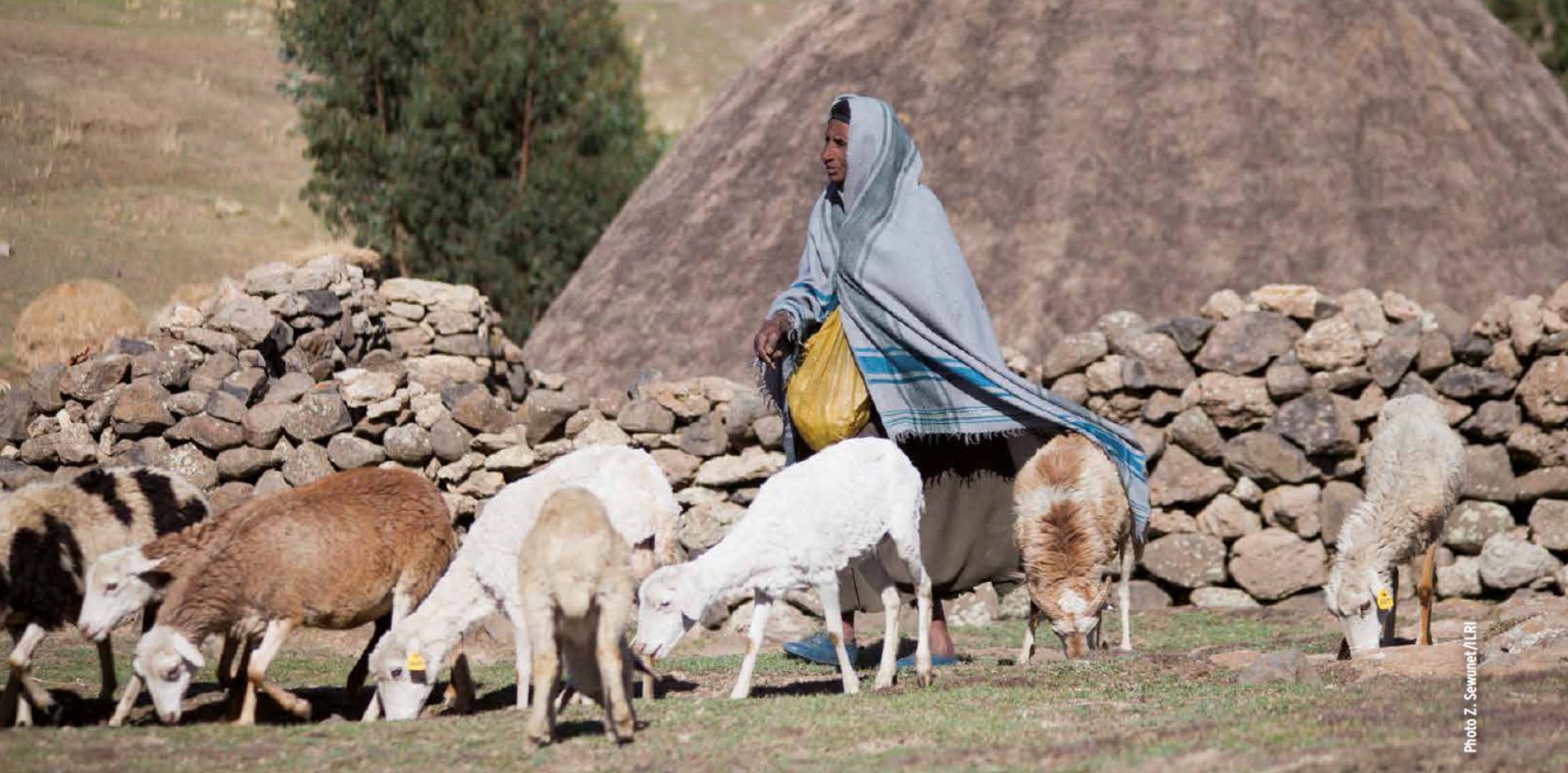


Vector borne diseases Tunis Minister 2020
The OIE Sub Regional Representation for North Africa (Based in Tunis, Tunisia) organised on 3 December 2020 the OIE Regional meeting on Vector-borne diseases in North Africa as part of the activities conducted under the framework of REMESA (Mediterranean Animal Health Network).
The Webinar was officially opened by Her Excellency the Minister of Agriculture, Hydraulic Resources and Fisheries of Tunisia (Ms. Akissa Bahri, picture) who reminded the importance of this topic for the entire Mediterranean basin and called for a harmonised regional approach to fight against vector-borne diseases including surveillance system able to early detect incursions of VBDs.
Welcoming speeches were also provide by Dr Mohammed Bengoumi (FAO Sub Regional Representation from North Africa) and Dr Rachid Bouguedour (OIE Representative for North Africa).
The webinar had the objective of making the state of play of the activities on vector-borne diseases in North Africa and, more generally, in the Mediterranean basin by putting around the virtual table all the actors conducting activities in this context.
The North Africa is part of the Mediterranean region and REMESA which is the CVO platform where common animal health issues are discussed. REMESA considers vector-borne diseases as a priority topic for the Mediterranean Basin.
The Webinar was attended by about 80 people from 6 North African countries (Algeria, Mauritania, Morocco, Libya, Egypt and Tunisia) and several international and regional organisations such as FAO, EuFMD, IAEA, EFSA as well as Scientific Institutions (CIRAD, CNVZ-Tunisia, Pasteur Institute-France, National Veterinary School of Tunisia and IZSAM, Teramo). Networks such as MediLabSecure and ERFAN also participated to provide an overview of their activities related to VBDs. Representatives from European Union, Spain and France also attended.
In particular, the webinar highlighted the following issues:
PDF - 2.67MB
PDF - 1.08MB
PDF - 2.35MB
PDF - 3.78MB
PDF - 3.05MB
PDF - 2.50MB
PDF - 12.03MB
PDF - 6.00MB
PDF - 4.14MB


